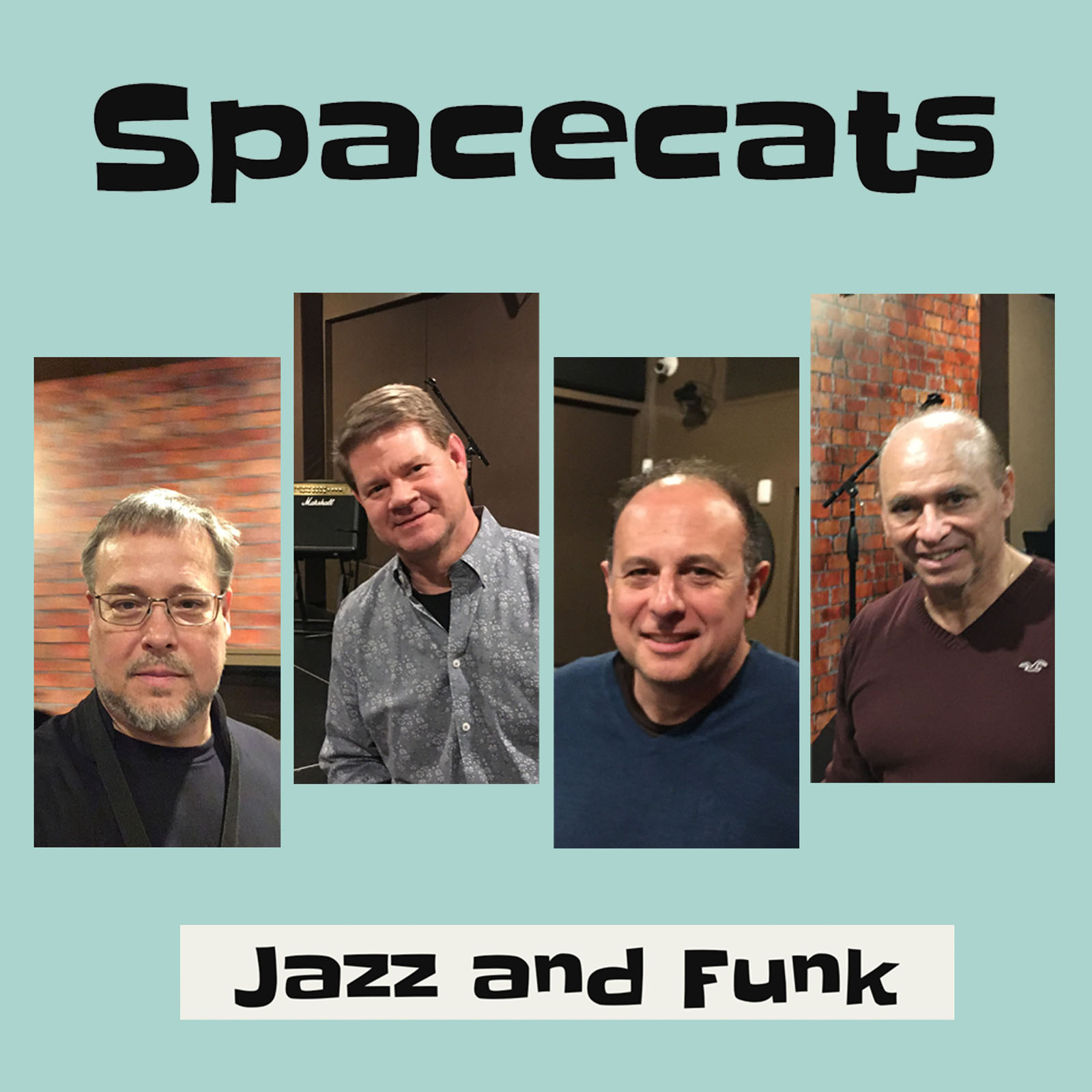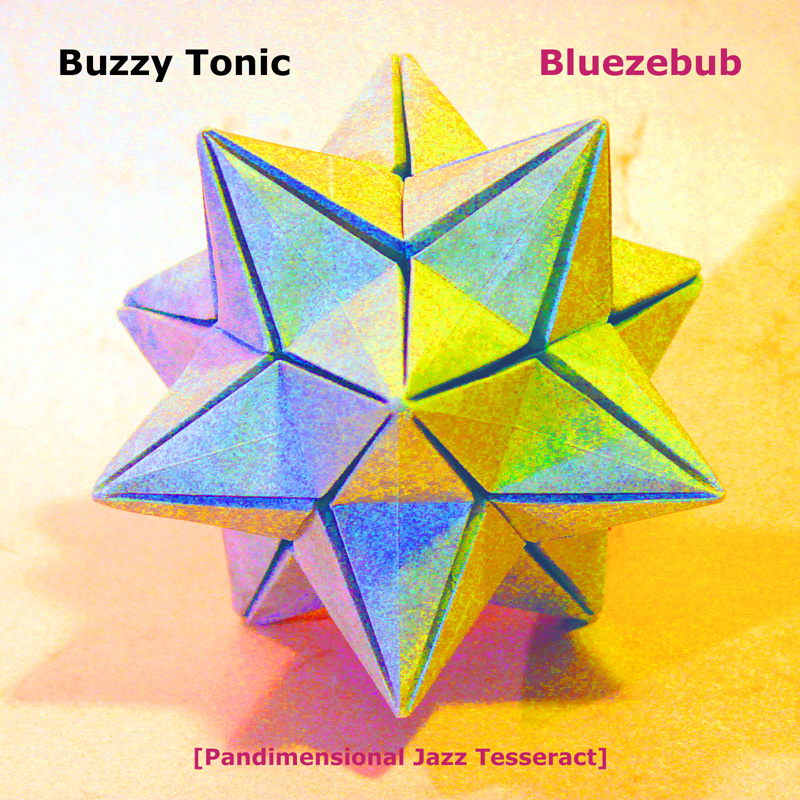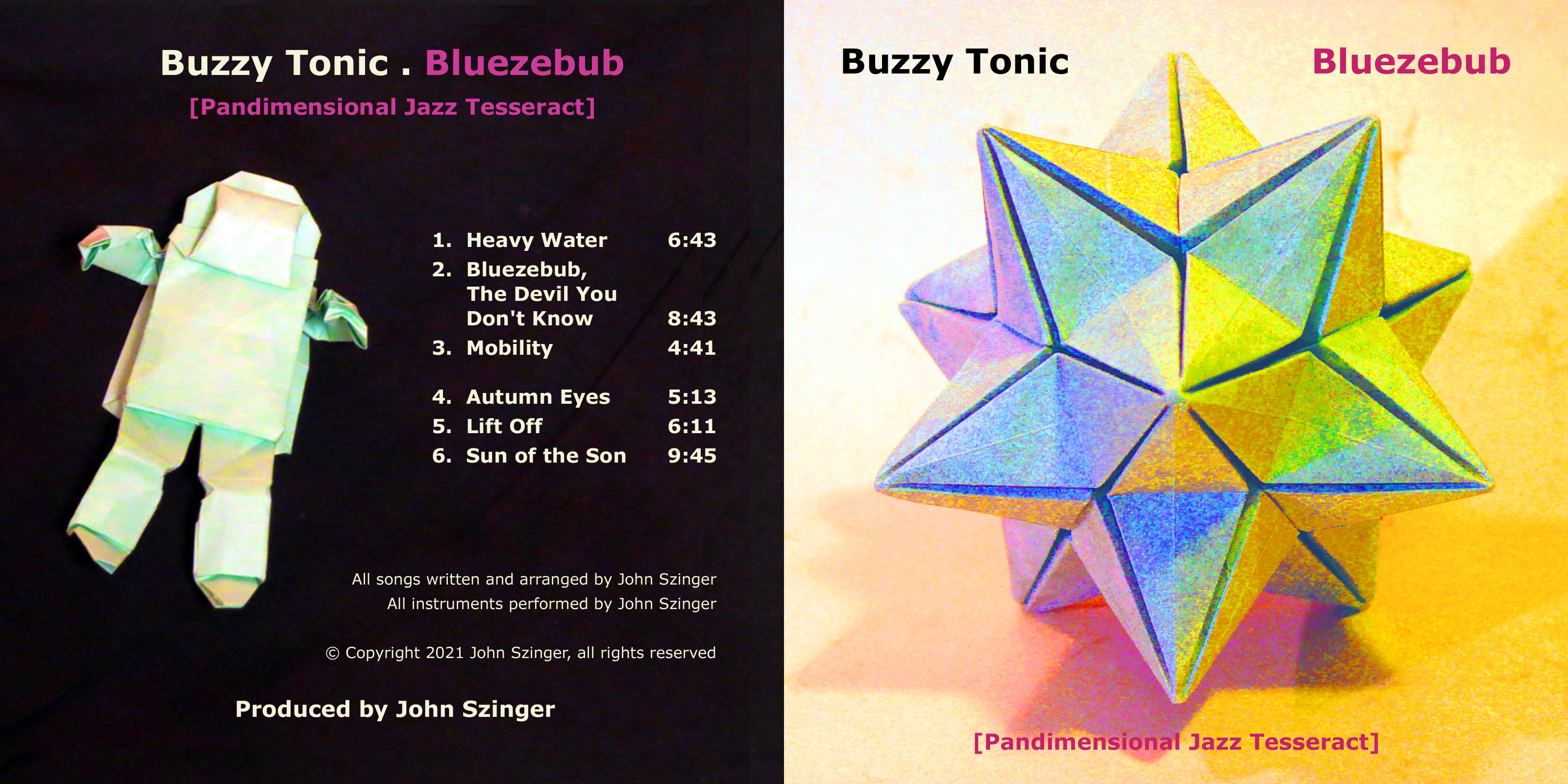Life continues to be busy on a bunch of fronts. First, check the new poster and web page for my band Spacecats.

https://zingman.com/music/spacecats.php
So let’s see. I guess project dirt was completed a while ago and the new grass is well on its way to being grown in at this point. I’ve been mowing the lawn for several weeks now. We even did the first round of weeding, planting in the garden, and putting down mulch under the hedges. Next job will be trimming.
A couple weeks back I got up on a ladder to unclog the downspout of my gutter in one corner of my job. I used to have to get up there and clean out my gutters every year or so, when there were hundred-foot-tall trees all around my house. But one by one the trees got cut down and I didn’t have to do it for several years. This time instead of leaves and sticks, it was beads of whatever our roof shingles are made of. We got a new roof put on a couple years back, same time we installed our solar panels, and some of the material has worn off with the weather. Of all the jobs I do, this is the one I dislike the most, because of the potential danger of falling off the ladder twenty feet up. So far I’ve been careful and never met with any harm but you never know. Next time I’ll probably hire someone.
Now that the yardwork situation is under control, I’ve been trying to move forward with project furniture. I want to get a good armchair for the living room to replace the awful recliner we have, and a new coffee table and end tables, plus a new sectional sofa for the family room, and maybe and entertainment center too. By the end of the year, if possible. We started thinking about this at the beginning of the pandemic, but it turns out to be a kinda complicated research project, and there’s always something else to do, and every time we find something we think we like, it turns our to backordered for months. Nevertheless, it’s getting to the point where our kids have nicer furniture than us. So it’s time to get moving.
As the weather has been getting nicer, Jeannie and I have been spending more time outdoors. We’ve gone for a couple hikes, mostly at local places like Saxon Woods. I’ve also been getting on my bike alot more, averaging about three times a week this spring, and my strength, speed and endurance are increasing. My typical ride is pretty short, less than an hour, but the neighborhood is kinda hilly. My main ride these days is a loop into downtown Bronxville, then thru Chester Heights and back home. Also went to the Nature Study Woods once, but mostly it’s been too muddy cuz of the rain.
I’ve gotten the Mustang out on the road a few times. Even had to put a tankful of gas in it yesterday. So far it’s been running great. I want to get new tires put on it this spring. The tires I have are the ones from when I bought the car in 1997!
In the software realm, I’ve been working on several things. One of which is the Origami USA convention scheduling tool. If you recall, I’m on the OUSA convention and web committees, as the person who creates the schedule of classes and events, and the one who writes the software to make that task easier. The last few years we haven’t had any in-person conventions. Last year we had a zoom convention, and I did the schedule for that. Along the way, I discarded the existing scheduling tool, basically a bunch of macros for MS Access, and wrote a web application in Drupal/PHP that integrates with the main web site and other tools. This year I enhanced the functionality in a few ways. First, I created a workflow to reschedule a class without having to first unschedule it then schedule it again. Second I added the capacity to sort the classes by name, to make it easier to find them. On the roadmap is the ability to sort and filter by a number of parameters including the class name, the teacher name, the class type, level of complexity, number of periods, etc. But Drupal and PHP are a serious pain to work with, so I’ll save these enhancements for a future convention.
Meanwhile I have a little over a month to get some new models completed, get and exhibit together and decide what to teach. I have a big pile of half-finished models and an even bigger backlog of ideas. But for the zoom conventions don’t really inspire me and I haven’t been doing that much folding lately. Luckily, this year’s convention is live and in person, at the Sheraton Hotel in NYC, the third weekend in June (I think). Should be alot of fun to reconnect with my origami friends, and hopefully I’ll have a bunch of cool new models.
Been working hard at my new consulting gig at Consumer Reports R&D Lab. Hard to believe I’ve been there three months already. They’ve just extended my contract to the end of the year, which is good news. My group is involved in this thing called the Digital Rights Protocol, which is designed to make it easier for consumers to exercise their rights to opt out of online data collection, tracking, etc., and easier for companies to comply with requests around these rights. We lead a consortium of startups involved in the internet privacy business, and last week we had the first end-to-end test of the Protocol with partners in various roles. Meanwhile Consumer reports is involved in several business-oriented capacities as well, so I am building a reference implementation of the DRP to live in our application ecosystem and provide a touchstone to our partners. Anyway, the end-to-end test was a big success, and now we’re planning out the next phase of development.
Meanwhile at my other big client, The Global Jukebox, we’re getting ready to roll out a new release to Live. This one has a new backend and a cutover to a new server, to get rid of a bunch of old headaches. Everything is all tested and ready to roll. All that remains now is to switch over the DNS server.
Lastly, my music projects proceed apace. Mary came over and laid down the vocal track for My Ol’ Breakdown Truck a week or so ago, and it came out great. Afterwards we went out for Mexican food. Now I have three songs mostly done, with the vocals, bass and guitar tracked and mixed. All that remains is the fine-tune the drum parts, and add a little keyboards and sax to fill things out. Also, Elixr – 2022 Remaster is vary much almost done; all that remains is one final listening back.
Now that my Thursday band has a name and a gig, the music has been rising to the occasion and getting more intense. Today we had a rehearsal where we really drilled down on some of the finer points of some of our songs, to really master the arrangements and make them our own.
Meanwhile, I’ve noticed my Selmer Reference ’54 tenor sax, which I was so in love with, seems to have developed a leak somewhere, so the notes below low D don’t sound clearly and require alot of force to sound at all. Plus one of the mounting posts on the low C keyguard has come loose. So I need to find a new sax repair guy. The guy I’d been using for year – Virgil Scott – was up on Yonkers, only 10 minutes from my house. Sadly, he died of covid during the pandemic. My new guy is great, he’s out in Connecticut up new Massachusetts, almost two hour from here. So I need to find someone local.
For the time being I’ve switched back to playing my Selmer Mark VII, which I had worked on last summer. The low notes are clear and effortless, but best of all, I had the action set up, which it turns out makes a huge difference on tunes like Some Skunk Funk. I’d been struggling with playing that fast and cleanly on my other horn, and now the notes just roll right off. On the downside, I have to get used to this horn’s intonation again. And even worse, I’d been busting my ass to get good on the altissimo range on the tenor, and could get all the way up to the second high D, and play riffs up there. I was developing some real chops. On this horn, the embouchure required is completely different, so I’m back to square one.

